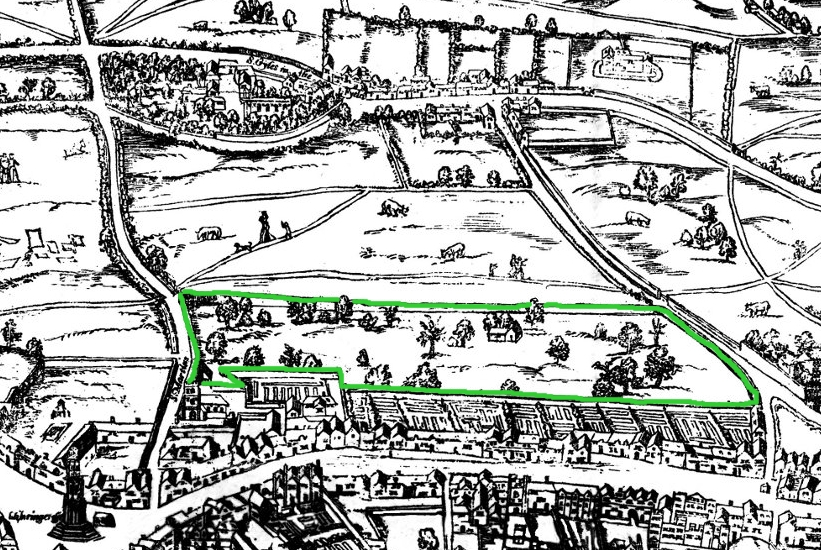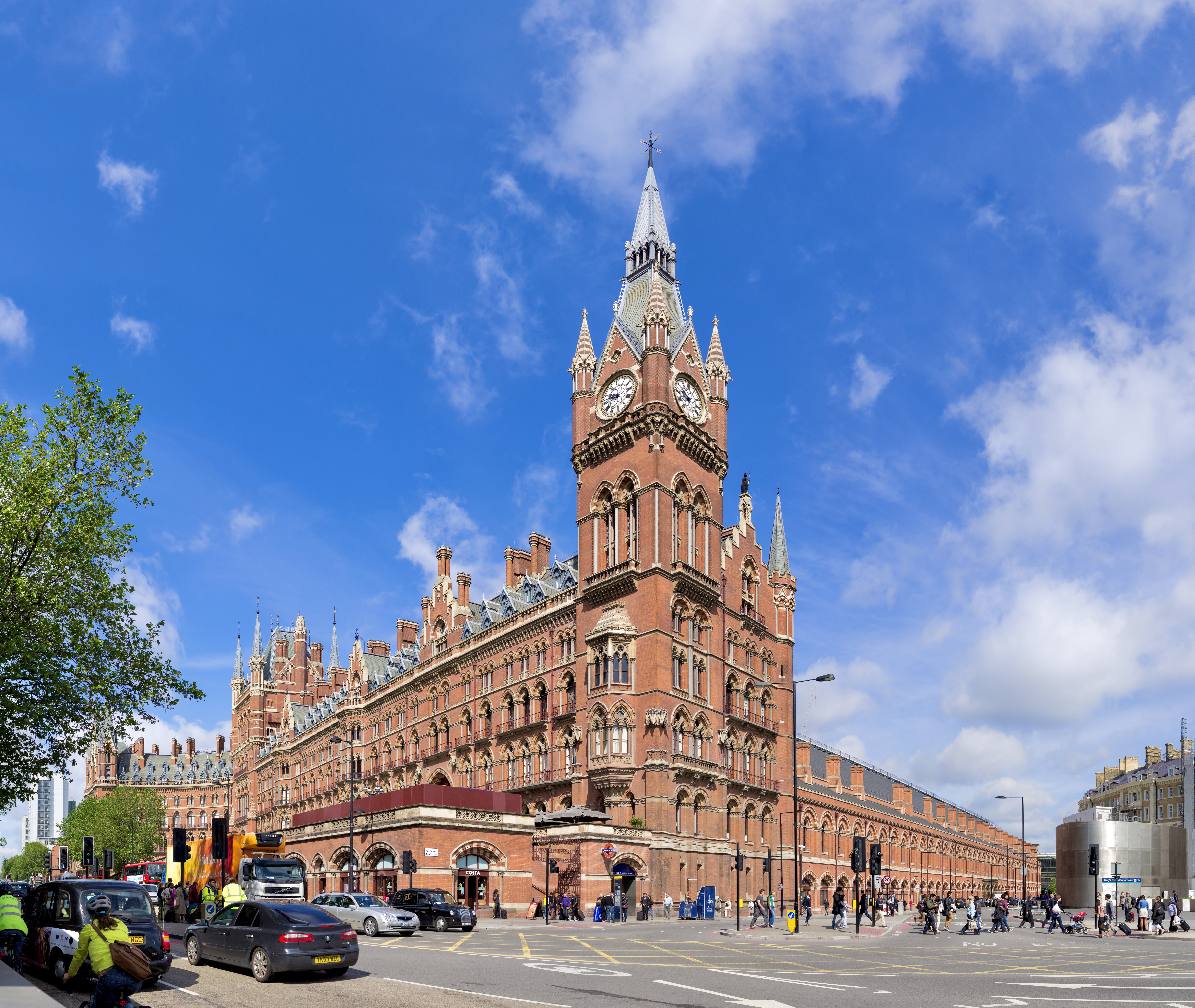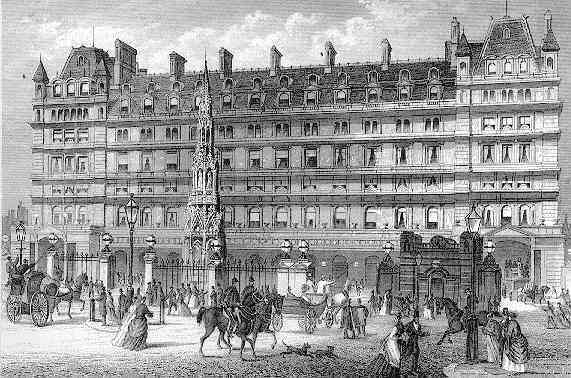|
London Transport Museum
The London Transport Museum (LTM) is a transport museum based in Covent Garden, London. The museum predominantly hosts exhibits relating to the heritage of Transport in London, London's transport, as well as conserving and explaining the history of it. The majority of the museum's exhibits originated in the collections of London Regional Transport, London Transport, but, since the creation of Transport for London (TfL) in 2000, the remit of the museum has expanded to cover all aspects of transport in the city and in some instances beyond. The museum operates from two sites within London. The main site in Covent Garden uses the name of its parent institution, and is open to the public every day, excluding over Christmas, having reopened in 2007 after a two-year refurbishment. The other site, located in Acton, London, Acton, is the London Transport Museum Depot and is principally a storage site of historic artefacts that is open to the public on scheduled visitor days throughout ... [...More Info...] [...Related Items...] OR: [Wikipedia] [Google] [Baidu] |
Covent Garden
Covent Garden is a district in London, on the eastern fringes of the West End, between St Martin's Lane and Drury Lane. It is associated with the former fruit-and-vegetable market in the central square, now a popular shopping and tourist site, and with the Royal Opera House, itself known as "Covent Garden". The district is divided by the main thoroughfare of Long Acre, north of which is given over to independent shops centred on Neal's Yard and Seven Dials, while the south contains the central square with its street performers and most of the historical buildings, theatres and entertainment facilities, including the London Transport Museum and the Theatre Royal, Drury Lane. The area was fields until briefly settled in the 7th century when it became the heart of the Anglo-Saxon trading town of Lundenwic, then abandoned at the end of the 9th century after which it returned to fields. By 1200 part of it had been walled off by the Abbot of Westminster Abbey for use as arabl ... [...More Info...] [...Related Items...] OR: [Wikipedia] [Google] [Baidu] |
Victorian Architecture
Victorian architecture is a series of Revivalism (architecture), architectural revival styles in the mid-to-late 19th century. ''Victorian'' refers to the reign of Queen Victoria (1837–1901), called the Victorian era, during which period the styles known as Victorian were used in construction. However, many elements of what is typically termed "Victorian" architecture did not become popular until later in Victoria's reign, roughly from 1850 and later. The styles often included interpretations and Eclecticism in architecture, eclectic Revivalism (architecture), revivals of historic styles ''(see Historicism (art), historicism)''. The name represents the British and French custom of naming architectural styles for a reigning monarch. Within this naming and classification scheme, it followed Georgian architecture and later Regency architecture and was succeeded by Edwardian architecture. Although Victoria did not reign over the United States, the term is often used for American sty ... [...More Info...] [...Related Items...] OR: [Wikipedia] [Google] [Baidu] |
National Railway Museum
The National Railway Museum (NRM) is a museum in York, England, forming part of the Science Museum Group. The museum tells the story of rail transport in Britain and its impact on society. It is the home of the national collection of historically significant railway vehicles such as LNER Class A4 4468 Mallard, Mallard, GNR Stirling 4-2-2, Stirling Single, LMS Princess Coronation Class 6229 Duchess of Hamilton, Duchess of Hamilton and a Japanese Shinkansen, bullet train. In addition, the National Railway Museum holds a diverse collection of other objects, from a household recipe book used in George Stephenson's house to film showing a "People mover, never-stop railway" developed for the British Empire Exhibition. It has won many awards, including the European Museum of the Year Award in 2001. Starting in 2019, a major site development was underway. As part of the York Central redevelopment which will divert Leeman Road, the National Railway Museum will be building a new entrance ... [...More Info...] [...Related Items...] OR: [Wikipedia] [Google] [Baidu] |
York
York is a cathedral city in North Yorkshire, England, with Roman Britain, Roman origins, sited at the confluence of the rivers River Ouse, Yorkshire, Ouse and River Foss, Foss. It has many historic buildings and other structures, such as a York Minster, minster, York Castle, castle and York city walls, city walls, all of which are Listed building, Grade I listed. It is the largest settlement and the administrative centre of the wider City of York district. It is located north-east of Leeds, south of Newcastle upon Tyne and north of London. York's built-up area had a recorded population of 141,685 at the 2021 United Kingdom census, 2021 census. The city was founded under the name of Eboracum in AD 71. It then became the capital of Britannia Inferior, a province of the Roman Empire, and was later the capital of the kingdoms of Deira, Northumbria and Jórvík, Scandinavian York. In the England in the Middle Ages, Middle Ages it became the Province of York, northern England ... [...More Info...] [...Related Items...] OR: [Wikipedia] [Google] [Baidu] |
Modern Tramway And Light Rail Transit
''Tramways & Urban Transit'' ''(TAUT'' or ''T&UT)'', also known as ''Modern Tramway'', is a British monthly magazine about tramways and light rail transport, published continuously since 1938. Its content is orientated both to tramway enthusiasts and to persons working in the tram transport field or studying tramways. It has been issued monthly from the beginning.Claydon, Geoffrey (June 1997). "Sixty Years of the LRTA". ''Light Rail & Modern Tramway'', pp. 227–228. Although published in Britain, the magazine's coverage is international, and its regular "World News" column includes detailed news on electric trams (called streetcars or trolleys in American English) and light rail worldwide.Saitta, Joseph P. (Ed.) (1981). Review of ''Modern Tramway'' in ''Traction Yearbook '81'', p. 230. Merrick, NY (US): Traction Slides International. Quote: "Necessary reading for those wishing to keep abreast of light rail progress." From 1938 until 2007 the magazine was published by the Ligh ... [...More Info...] [...Related Items...] OR: [Wikipedia] [Google] [Baidu] |
Brentford
Brentford is a suburban town in West (London sub region), West London, England and part of the London Borough of Hounslow. It lies at the confluence of the River Brent and the River Thames, Thames, west of Charing Cross. Its economy has diverse company headquarters buildings which mark the start of the M4 corridor; in transport it also has two railway stations and Boston Manor tube station, Boston Manor Underground station on its northwest border with Hanwell. Brentford has a convenience shopping and dining venue grid of streets at its centre. Brentford at the start of the 21st century attracted regeneration of its little-used warehouse premises and docks including the remodelling of the waterfront to provide more economically active shops, townhouses and apartments, some of which comprise Brentford Dock. A 19th- and 20th-century mixed social and private housing locality, New Brentford is contiguous with the Osterley neighbourhood of Isleworth and Syon Park and the Great Wes ... [...More Info...] [...Related Items...] OR: [Wikipedia] [Google] [Baidu] |
London Passenger Transport Board
The London Passenger Transport Board was the organisation responsible for local public transport in London and its environs from 1933 to 1948. In common with all London transport authorities from 1933 to 2000, the public name and brand was London Transport (brand), London Transport. History The London Passenger Transport Board (LPTB) was established pursuant to the London Passenger Transport Act 1933 enacted on 13 April 1933. The bill had been introduced by Herbert Morrison (politician), Herbert Morrison, who was Secretary of State for Transport, Transport Minister in the Second MacDonald ministry, Labour Government until 1931. Because the legislation was a hybrid bill it had been possible to allow it to 'roll over' into the new parliament under the incoming First National ministry, National Government. The new government, although dominated by Conservative Party (UK), Conservatives, decided to continue with the bill, with no serious changes, despite its extensive transfer of pri ... [...More Info...] [...Related Items...] OR: [Wikipedia] [Google] [Baidu] |
London Electric Railway
The London Electric Railway (LER) was an underground railway company operating three lines on the London Underground. It was formed in 1910 and existed until 1933, when it was merged into the London Passenger Transport Board. History The LER was formed and owned by the Underground Electric Railways Company of London (UERL) in 1910 to combine the management of three of the company's subsidiary deep-level tube railway companies: the Baker Street and Waterloo Railway (BS&WR), the Charing Cross, Euston and Hampstead Railway (CCE&HR) and the Great Northern, Piccadilly and Brompton Railway (GNP&BR) which had opened in 1906 and 1907. The merger was carried out in accordance with the (10 Edw. 7. & 1 Geo. 5. c. xxxii) by transferring the assets of the CCE&HR and the BS&WR to the GNP&BR and renaming the GNP&BR as the London Electric Railway. Although the LER management was combined, the three lines continued to be identified separately for operational purposes as the Baker Street and W ... [...More Info...] [...Related Items...] OR: [Wikipedia] [Google] [Baidu] |
London General Omnibus Company
The London General Omnibus Company or LGOC, was the principal bus operator in London between 1855 and 1933. It was also, for a short period between 1909 and 1912, a motor bus manufacturer. Overview The London General Omnibus Company was founded in 1855 to amalgamate and regulate the many independent horse-drawn omnibus services then operating in London. Originally an Anglo-French enterprise, also known as the Compagnie Generale des Omnibus de Londres, the LGOC soon became the largest omnibus operator in London. It bought out hundreds of independently owned buses and established a consistent level of service for its fleet. Within a year, the LGOC controlled 600 of London's 810 omnibuses. Under its chairman Sir John Pound, in 1902 it looked at an option to purchase a competitor, the Star Omnibus Company, but it was unable to complete negotiations. LGOC began using motor omnibuses in 1902, and the last LGOC horse-drawn bus ran on 25 October 1911. In 1908 the LGOC bought ... [...More Info...] [...Related Items...] OR: [Wikipedia] [Google] [Baidu] |
Charing Cross Railway Station
Charing Cross railway station (also known as London Charing Cross) is a London station group, central London railway terminus between the Strand, London, Strand and Hungerford Bridge in the City of Westminster. It is the terminus of the South Eastern Main Line, Southeastern Main Lines to Dover Priory railway station, Dover via Ashford International railway station, Ashford and Hastings railway station, Hastings via Tunbridge Wells railway station, Tunbridge Wells. All trains are operated by Southeastern (train operating company), Southeastern, which provides the majority of commuter and regional services to south-east London and Kent. It is connected to Charing Cross tube station, Charing Cross Underground station and is near to Embankment tube station, Embankment Underground station and Embankment Pier. The station was originally opened by the South Eastern Railway (England), South Eastern Railway in 1864. It takes its name from its proximity to the road junction Charing Cros ... [...More Info...] [...Related Items...] OR: [Wikipedia] [Google] [Baidu] |







